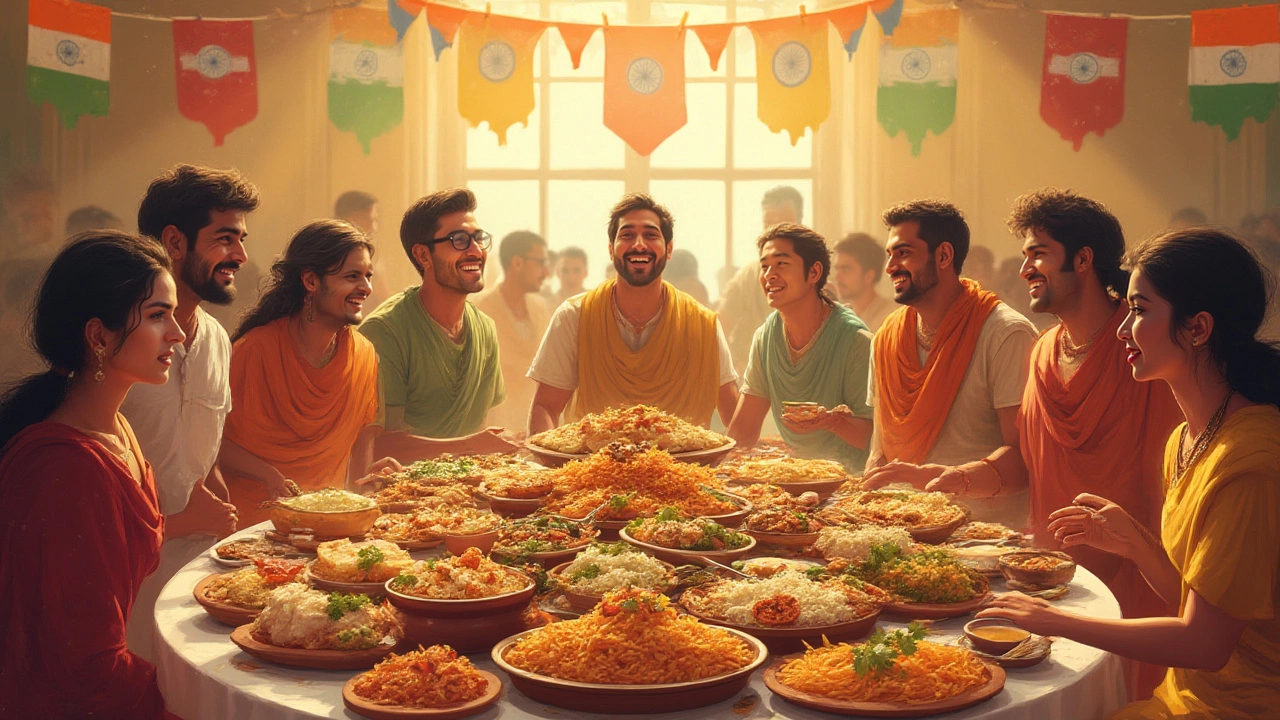SEARCH
Indian Food Staples: Rice, Roti and Everyday Meals
If you’ve ever wondered what most Indians put on their plates day after day, the answer is simple: rice or roti. These two foods are the foundation of almost every meal, from tiny villages to big cities. Knowing how they work will help you eat like a local and avoid common pitfalls.
Across the country, more than 70% of daily calories come from these staples. In the south, rice dominates; in the north, wheat‑based roti takes the lead. Both are cheap, filling, and easy to pair with a variety of side dishes, which is why they’ve stayed on the menu for centuries.
Why Rice Rules the Plate
Rice grows in the humid, water‑rich regions of India, so it’s the natural grain of choice in states like Tamil Nadu, Kerala, and West Bengal. A typical South Indian breakfast might be a bowl of steamed rice served with sambar, rasam, and a side of pickle. For lunch, you’ll see rice topped with curries, dal, and a dollop of ghee.
Rice is versatile. You can turn leftover rice into fried rice, curd rice, or the beloved sweet dish, payasam. The grain’s neutral taste makes it a perfect backdrop for spicy, tangy, or sweet flavors. If you’re traveling, look for “plain rice” (sometimes called “steamed rice”) at any dhaba – it’s a safe bet.
Roti: The Everyday Bread
In the north, wheat thrives, so families roll out thin, round flatbreads called roti or chapati. They’re cooked on a hot tawa (griddle) and brushed with a little ghee or oil. Roti is usually served with vegetables, paneer, or meat gravies. The combination of roti and dal (lentil soup) is a classic comfort meal.
Making roti is easy: mix whole‑wheat flour, a pinch of salt, water, and a little oil, knead into a smooth dough, let it rest, then roll and cook. Even if you’re not a chef, you can spot roti on any menu – just ask for “plain roti” to keep things simple.
Regional twists add flavor. In Punjab, you’ll find buttery naan and buttery butter‑chicken, while in Gujarat, methi roti (fenugreek‑infused) is popular. In the east, you might see rice‑based “pulao” served beside roti, showing how the two staples often coexist.
For health‑concerned travelers, both rice and roti can be part of a balanced diet if you watch portion sizes and choose lighter sides. Opt for brown rice or multigrain roti when available, and pair them with plenty of vegetables or lentils for protein.
When you’re on the road, the biggest safety tip is to eat food that’s been cooked fresh and served hot. Avoid street stalls that keep rice or roti out for long periods, especially in warm weather. If you’re unsure, ask the vendor how long the food has been sitting – most honest cooks will be happy to tell you.
In short, mastering the basics of rice and roti will give you confidence to explore any Indian kitchen. Whether you’re sipping a bowl of rice‑laden rasam in Kerala or tearing a hot roti apart with your fingers in Delhi, you’ll be joining millions of locals who rely on these staples every single day.

India's National Dish: The Truth Behind the Nation's Culinary Crown
Is there a single dish that represents India? Find out if India has an official national dish, which foods earn local pride, and the truth behind curry's fame.
Continue reading